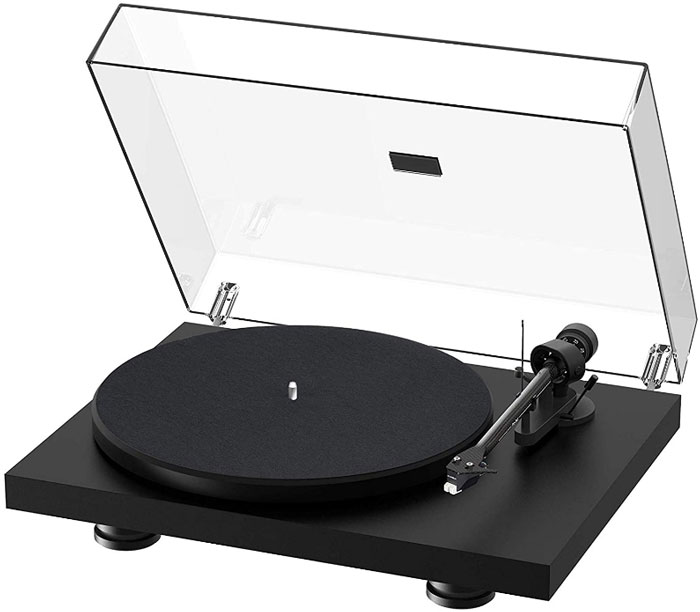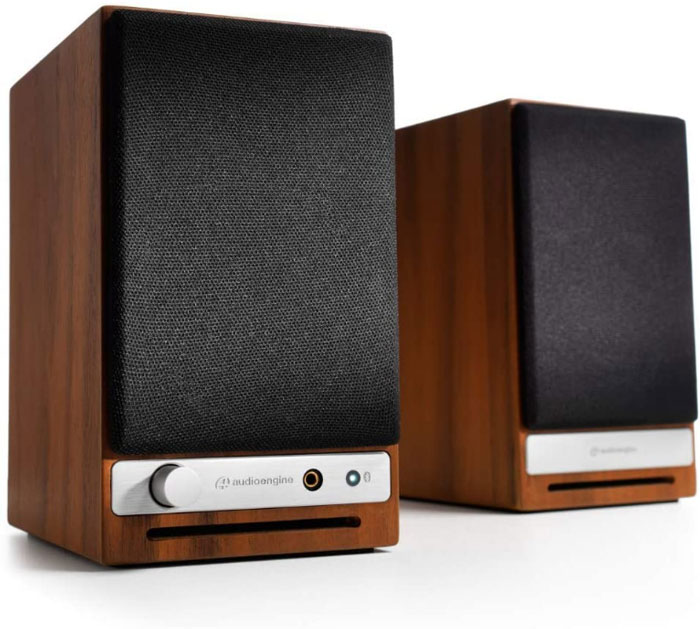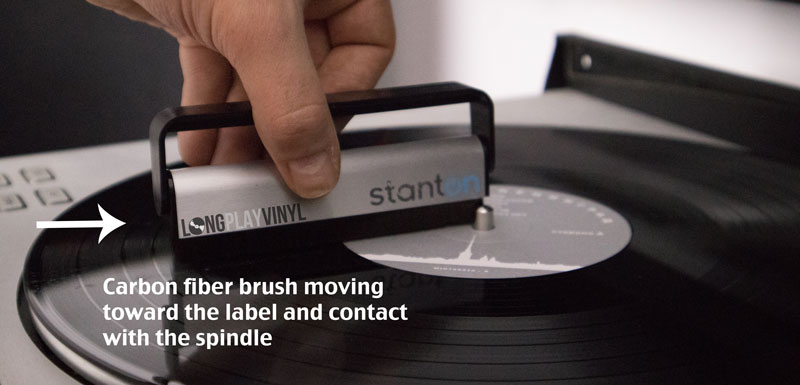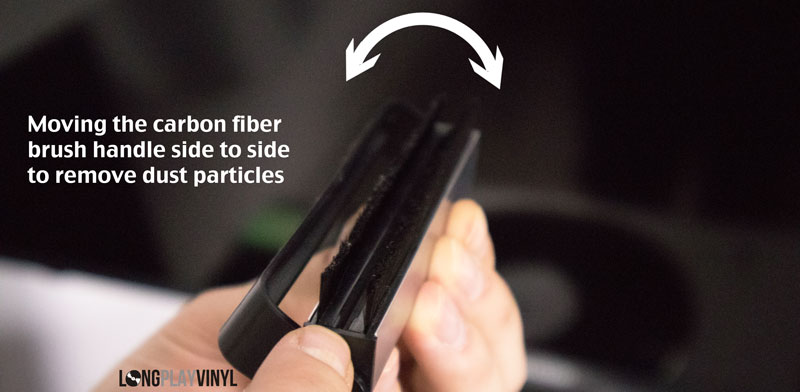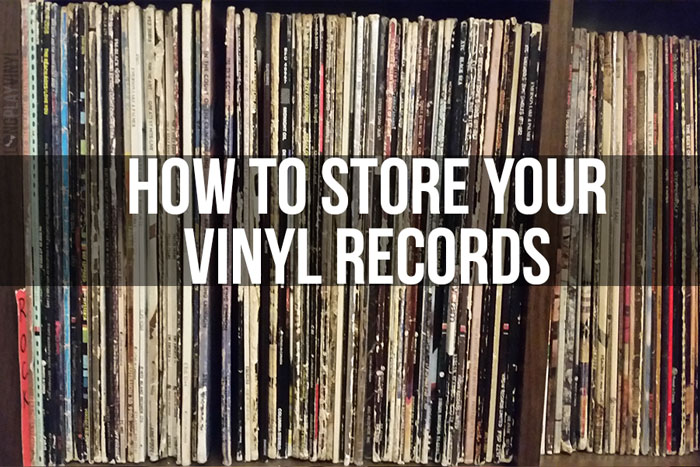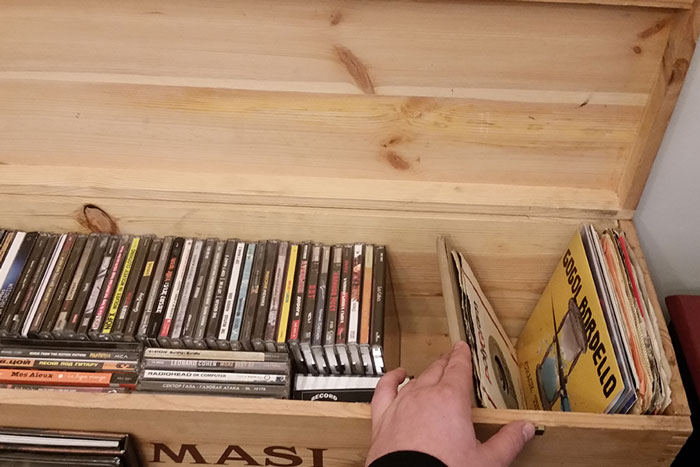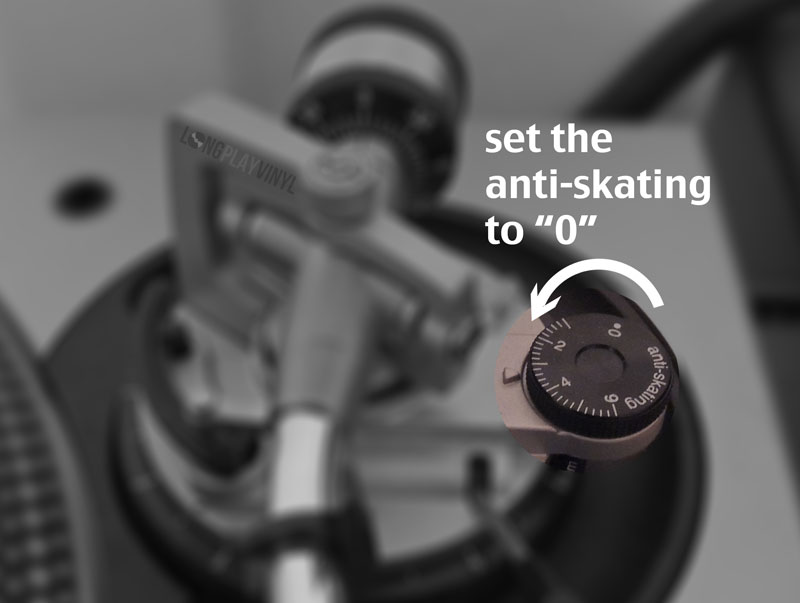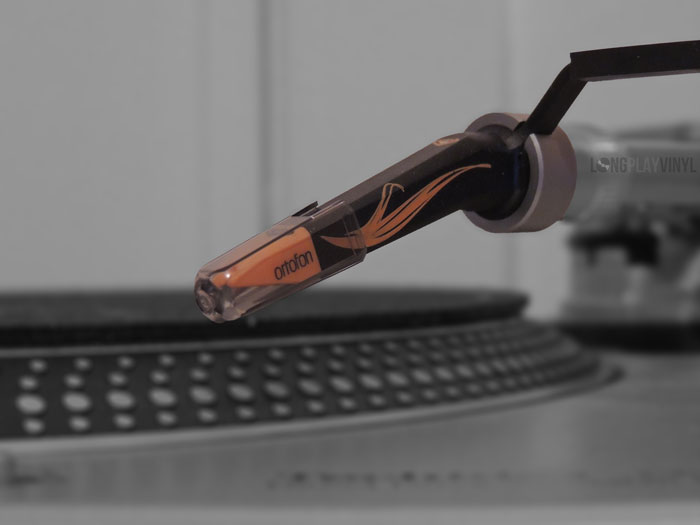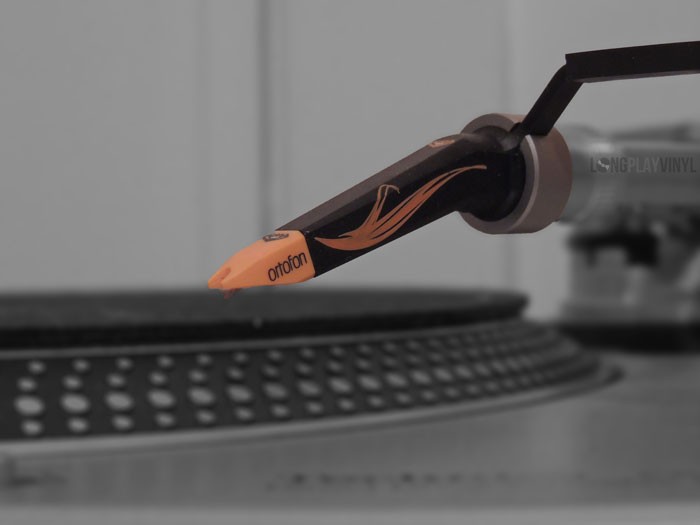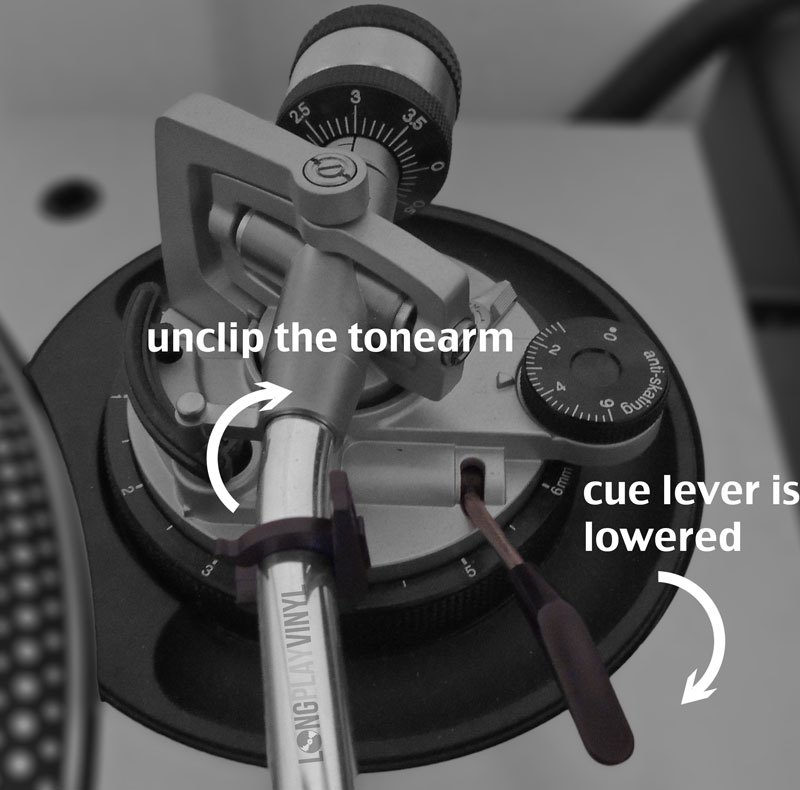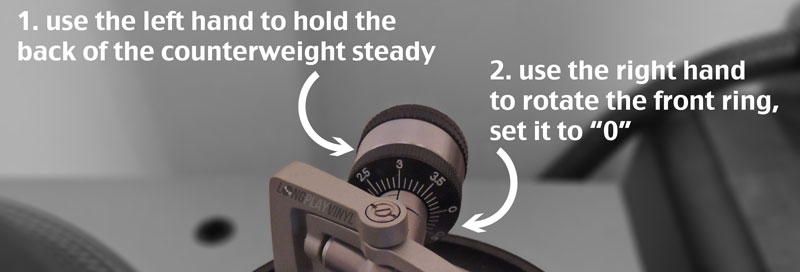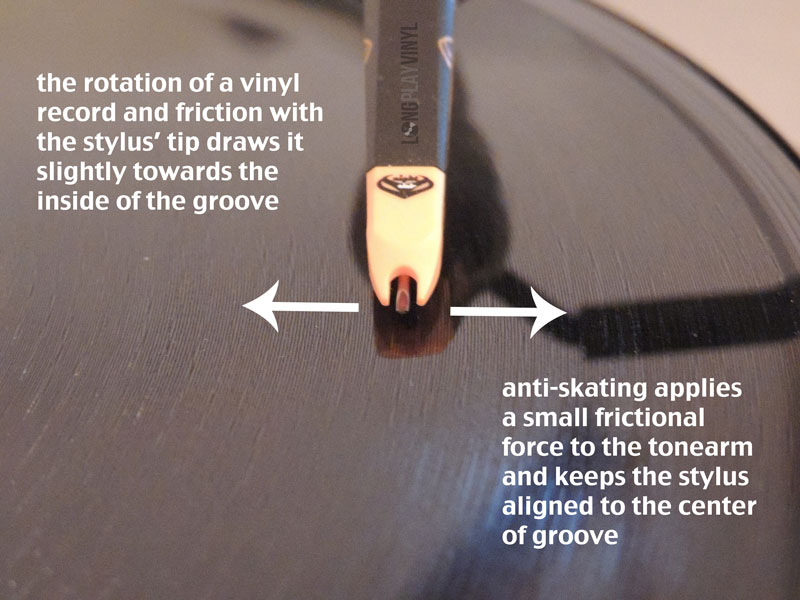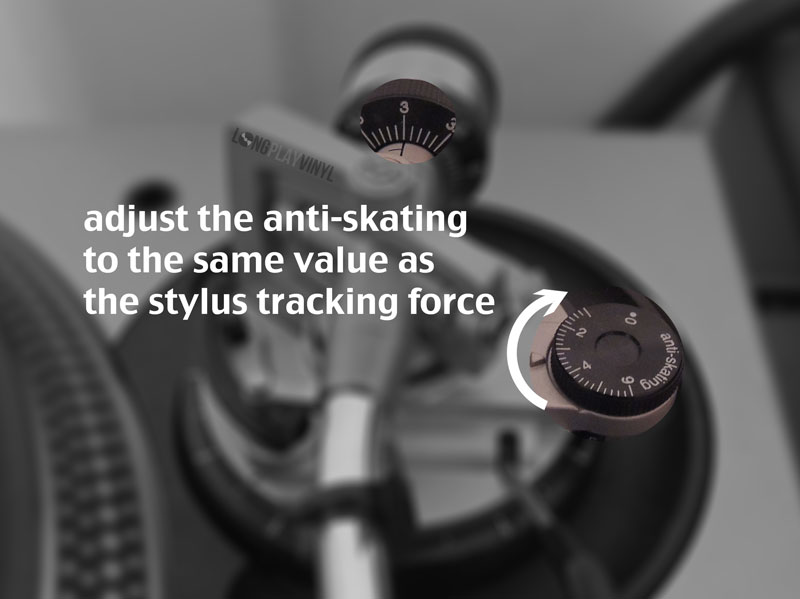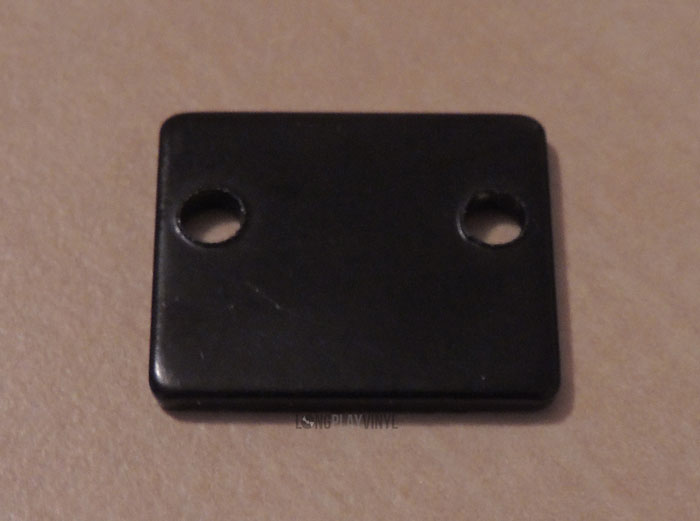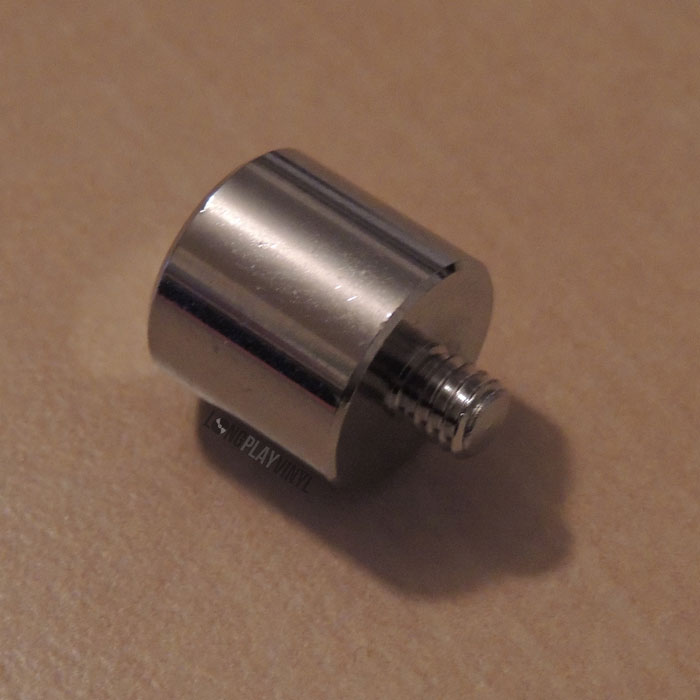The Ultimate Beginner’s Guide to Turntables and Vinyl
You’ve decided to get a turntable and some vinyl records in order to enjoy music differently. Congratulations, this is a pretty cool hobby. Warning, this could turn into an expensive rabbit hole. In this post I will cover everything you need to know about purchasing your very first record player setup.
Before we jump into the gear such as turntables, speakers and amps we need to cover a few important topics. Knowing the answers to these questions will help you make the right decision on the proper audio gear setup for you.

New Gear vs. Old Gear
When I talk about vinyl records and record players, a lot of people give me a rather skeptical look. “What do you mean new records, Sasha?” or “Wait, they still produce turntables?”. The answer to these questions is YES, of course.
Although most people associate records with an old music format from the 80’s (70’s, 60’s…etc) the popularity of this format has been seeing an incredible growth in the past 15 years. While only a few hundred thousand records were sold in the U.S. in 2005, this number was closer to 27.5 Million units in 2020. More and more artists release their music on vinyl. Naturally, more and more companies produce brand spanking new equipment to play these records.
Most people who are purchasing their very first turntable opt for brand new gear, simply because it’s accessible. That being said, there is nothing wrong with using a deck or speakers or amplifier handed down to you by your parents or grand parents. I found some amazing “old” gear for incredibly low prices. You can sometimes snag a record player for $20 at a yard sale or a thrift store to only find out that the same unit goes for $400+ on eBay.
Main issue with purchasing old equipment is that it might be broken and repairs can be very costly, depending on the issue or brand. If you want to purchase a hassle-free turntable set-up then I suggest buying brand new, with warranty. If you want to take your time to learn what to look for then finding vintage gear could be a lot more rewarding. Personally I always oped for the latter.
So here is the first question you need to answer: Do you want new vinyl gear or old/used?
Vinyl Gear Costs
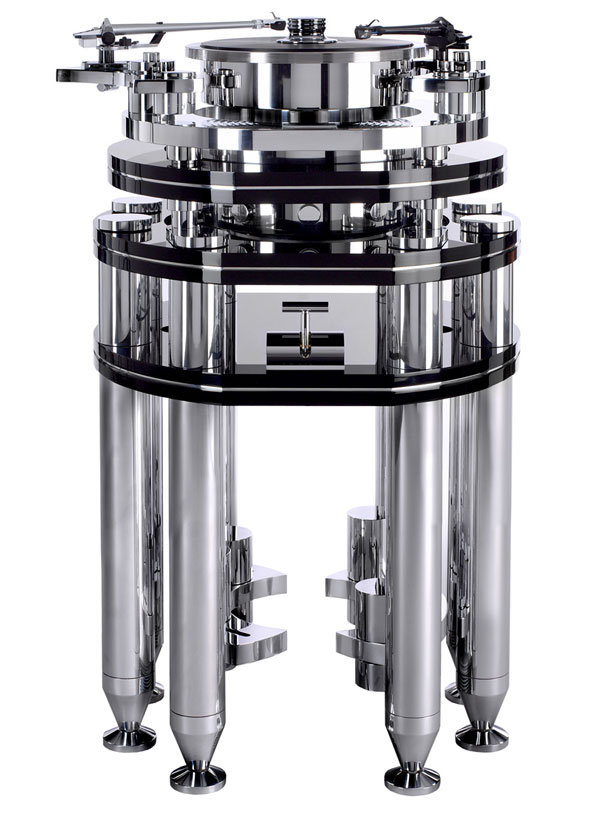
You can spend a few hundred dollars or a few hundred thousand dollars on your turntable set-up. For example, the Artus FMD turntable pictured above retails for about $150,000. You can find speakers and amplifiers in the same price range if you really want to. I would assume that most people reading this guide want to spend a little less than that.
Most good quality (new) turntables will set you back around $200-$400. If you don’t have powered speakers or some kind of audio set-up, you would need to spend another $100+ on speakers. And if the record player you want to buy doesn’t come with an inbuilt pre-amp, that would cost an extra $50+. More on that later.
So far we’re looking at at least $400 for a decent set-up. You can certainly find an “all-in-one record player” solution for under $100 but I don’t recommend that. I’ll explain why in the Turntable section of this post. These are the prices for brand new gear. As mentioned in the previous section, you can find used/old gear for a lot less money if you’re not in a hurry.
The second question is: How much money are you planning to spend on your audio set-up?
Most Popular New Turntables
- Audio-Technica AT-LP60
Audio-Technica’s AT-LP60 turntable is a very appreciated record player among beginners. The quality/price ratio is what makes it a popular choice.
This automatic belt drive turntable comes with an inbuilt phono preamp so you can simply plug it into your powered speakers or sound system. The ATN3600L cartridge comes with a replaceable stylus which is a big step up compared to many sub $100 tables.
At a price range of $120-$150 USD you will get a decent sound quality without braking your bank.
2. Audio-Technica AT-LP120X
Audio-Technica AT-LP120X is quite a big step-up from the previously mentioned LP60. This record player features a high torque direct drive motor. If you’ve heard of direct drive tables being loud – it won’t be the case with the AT-LP120x, its motor is silent.
This is a fully manual turntable so I won’t suggest falling asleep while it’s spinning.
If this turntable looks familiar to you it’s because it is designed after the world famous Technics SL1200.
The AT-LP120XUSB comes with a switchable phono preamp meaning that you can use an inbuilt preamp and simply plug into a sound system or powered speakers but you can also use your own external preamp if you so desire. You can also plug it into your computer and digitize your vinyl collection, if that’s something you want to do. Installing a proper cartridge and stylus will also allow you to DJ with this turntable.
At about $400 USD it certainly isn’t the cheapest option although 3 times cheaper than the similar looking SL-1200 MK7.
3. Fluance RT81

Fluance RT81 gained a lot of popularity not only because of its quality but also because of the minimalist design. This belt drive turntable is semi-automatic meaning that the platter will start spinning once the stylus reaches the end of the record. The tonearm however will not lift up and move to its resting position, just something to keep in mind.
Fluance has been building its reputation in the world of high fidelity turntables since 1999.
The Fluance RT81 comes with a familiar Audio Technica AT95E cartridge and an inbuilt preamp.
At around $250 price tag, no wonder so many people decide to go with Fluence.
4. Pro-Ject Debut Carbon EVO
Pro-Ject Debut Carbon EVO is probably the best audiophile turntable you can get for under $500 USD.
This belt drive turntable is hand crafted in EU and promises a high quality record player that will last for generations. Pro-Ject is all about the quality of the sound, that’s the reason why they’re using a stiff but lightweight carbon tonearm 1.7kg (3.5lbs) platter and electronically controlled playback speeds (33, 45 and 78 RPM).
The US version of Debut Carbon Evo comes with a more expensive Sumiko Rainier cartridge while other countries get the Ortofon 2M Red.
This turntable does not feature a preamp so besides the initial $500USD you’ll also need to find an external phone preamp. The company suggests their own Pro-Ject Audio Phono Box.
You can also check out our guide to best turntables under $500 in 2021.
The Purpose Of Your Set-up
The Looks
You know that you will be spending money on your turntable set-up and vinyl records. Choosing the perfect audio set-up for you will not only depend on your budget but also on what you want to do with this set up.
A tiny thrift store a few blocks from me had a 40$ suitcase-style record player on display along with some records and a “NOT FOR SALE” sticker. That shop used the record player as part of their decor and obviously didn’t care for the quality of that turntable since it would never be used to play records.
If you’re looking to spice up your decor, you can also find a similar turntable for under $50. However even for that purpose I would recommend finding an old turntable from the 70’s or 80’s. Old gear definitely looks much better than brand new cheap plastic players. At least it looks better to me.
Belt Drive vs. Direct Drive
Turntables fall into 2 categories – Direct Drive or Belt Drive.
A belt drive turntable has a small rubber belt attached to the player’s motor and the platter. This belt might stretch, dry out and fall apart with time. However, replacement belts are cheap and very easy to change. Belt drive turntables, reportedly, produce better sound quality as the elastic belt has the ability to absorb vibrations and shocks caused by the motor and other sources.
Belt driven tables have a less accurate playback speed and longer starting times.
A direct drive turntable has its platter attached directly to the motor. Direct Drive player has a more accurate playback speed than a belt drive. A direct drive turntable often has more torque than a belt drive so it can start up and stop much faster.
Reliability and durability are the main reason why many people opt for a direct drive turntable. If you ever wanted to DJ with turntables – you’ll need to go with direct drive.
At the moment of writing this I own a direct drive turntable as well as a belt drive turntable. I can’t tell you which is better because they play my records beautifully. If I had to purchase a different turntable right now, I wouldn’t waste my time on deciding between a belt drive or a direct drive.
Manual, Automatic or Semi-Automatic
Listening to records is not the same as listening to your favorite Spotify list. When I play records, I call it Active listening. Mixing your playlists takes a lot of effort as typically you will need to change the record after each song. Take the record out of the sleeve. Put in on the turntable. Clean the dust with a brush. Play a song. Put the record back in its sleeve. Take another record and so on. You may listen to the whole album but even then, after 20ish minutes of side A you’ll need to flip that vinyl to hear the side B. Active listening.
Besides simply flipping your vinyl record, different turntables will require a different level of involvement.
An automatic turntable will allow you to simply press the PLAY button and the music is on! The tonearm lifts up automatically while the platter starts turning, moves to the beginning of the first track and slowly goes town. Once the stylus (needle) reaches the last note of the last track, the tone arm lifts up, moves back to its resting place and the platter stops turning.
A manual turntable will get your platter turning if you press on PLAY (or START) but that’s all. No music. In order to hear the music you will need to lift the tonearm and carefully move it to the outer edge of your record. Press play and the platter starts spinning. Then carefully push on the lever which lowers your tonearm and sits the stylus on the spinning record. Once you reach the end of the vinyl record you need to pull that lever to raise the tonearm. Move the arm back to its resting position and press the stop button.
In this scenario you need to make sure you lift the stylus off the record and not allow it to jump around needlessly, which may cause damage.
A semi-automatic turntable is usually some kind of hybrid between the manual and automatic. Often it would require you to manually place the stylus at the beginning of a listening session but it would automatically bring the tonearm back at the end of the record.
The main advantage of the automatic turntable is that it basically does the work for you and all you need to do is press a single button.
If you’re new to turntables and go with the manual option you might miss the edge of your record and drop the cart on your record, causing scratches. You may damage your stylus as well if you’re not careful.
Personally I prefer the manual style turntables because I enjoy being involved in active listening. I enjoy lifting the tonearm and being very careful while trying to place the stylus in the groove of the record. I also believe that since there are less mechanisms on my player – there are less chances of something breaking.
Next set of questions: Do you want a record play just for the decor or do you want a good quality unit to play music? Do you want a belt drive or direct drive? Do you want an automatic or manual turntable?
Turntable Audio Setup
Let’s say at this point you’ve decided that you want to spend no more than $350 on your turntable. You want a brand new unit, you want your turntable to be manual and direct drive. Great, this narrows down your choice.
At this point we need to talk about other components of your audio setup.
Phono Preamp for Turntables
The stylus on your turntable produces the audio signal, referred to as PHONO signal. This signal is rather weak and too low for the speakers. In order to correct this you need to you a preamp. A preamp, also called a phono preamp, phono stage and RIAA stage converts the phono signal into a Line Level signal. That’s the kind of signal your speakers need.
The good news is that many new turntables come with an inbuilt preamp. This information will usually be advertised on the packaging and/or listing of the record player that you’re purchasing.
If your turntable doesn’t have an inbuilt preamp – you can purchase one for $50-$100, or more, depending on the quality.
Most of the vintage stereo receivers/amplifiers also have an inbuilt amp for your turntable. The easiest way to find out if your receiver has it, look at the back panel. If there are RCA connections labeled PHONO – then you’ve got a preamp.

Most DJ mixers also have the phono preamp and you can see the RCA inputs for them.

To summarize, if your turntable has an inbuilt preamp or if you are using a DJ Mixer or an old receiver with PHONO inputs – you do not need to purchase a separate preamp. If your turntable doesn’t have an inbuilt preamp and you aren’t using an amplifier or a mixer that has PHONO inputs then you will need to purchase a preamp.
Why do some turntables come with inbuilt preamps and others don’t? The main reasons are cost and versatility. Adding a preamp into a turntable increases the price of the unit and some manufacturers prefer to not spend that money. Those manufacturers who decide to include a preamp go for a cheaper option meaning that the user gets an okay preamp but not necessarily a high quality part.
Many hi-fi enthusiasts prefer to use an external preamp because there is an incredible amount of options. Most hi-fi audio manufacturers will not include a preamp for that specific reason, knowing that their target audience will end up purchasing a completely different external preamp anyway. That being said, most new turntables that do come with an inbuilt preamp usually have a switch allowing you to disable the internal preamp in order to use an external unit.
Speakers for Turntables
Speakers are an essential part of your audio setup. If you’ve spent a decent amount of money on your turntable there is no reason to cheap out on the speakers. You might have the world’s best record player but if your speakers are horrible, your sound will be horrible.
If you are plugging your turntable into an existing sound system or a DJ mixer – I would assume you already have speakers. If not then you’ll probably have to purchase a set.
Picking the right speakers for you is another potential rabbit hole and deserve its own post on the blog. However there are basic guidelines and product suggestions that you can follow. I am a big fan of using passive floor standing speakers and a vintage receiver when it comes to vinyl. However I usually recommend a completely different setup to those who are just starting with vinyl.
Powered speakers seem to be the most popular choice in our time and age. Most powered speakers for home sound great, don’t take up much space and are quite affordable.
Popular Speakers For Turntables
- Edifier R1280DB
Edifier R1280DB became the go-to speakers for beginner turntable enthusiasts because of their low price and decent quality.
Side panel control lets you adjust the EQs, Bluetooth capability is great for connecting your phone and the remote control is definitely a plus. If you’re on a budget or if you aren’t yet ready to invest a lot of money into your new vinyl hobby, these bookshelf speakers are a great choice.
3,000 reviews on Amazon alone speak for the popularity of these speakers. The cost is usually under $130 USD. You can the same model but without the BT connectivity for around $100.
2. Edifier R2000DB
The R2000DB by Edifier are another great set of speakers for your turntable and for your home in general.
They are a little bigger and quite a bit more powerful than the R1280’s. Of course they come at a higher price tag at about $250 USD.
3. Audioengine HD3
HD3’s by Audioengine are small but very capable powered speakers. They’ll work with pretty much anything, your turntable, computer, phone and everything in between.
The price tag is around $350 USD at the moment of writing this.
4. Klipsch R-51PM
These R51-PM powered speakers are made by Klipsch, should I say any more? This company has been making speakers since 1940’s, they definitely know what they’re doing.
The R51-PM sound great. Although a little bigger than other speakers mentioned in this post, they are still bookshelf size and won’t take up much room in your house. The typical price is usually under $450 USD.
Vinyl Gear Recap
Throughout this turntable setup guide I’ve asked you several questions. Knowing the answers to these questions will certainly help you pick an audio setup that’s right for your budget, your ears and your heart. Let’s run trough them again.
Do you want new vinyl gear or old/used?
Buying new is a lot easier than buying old. You get a warranty and you can order your gear online with just a few clicks of a button. Buying vintage or used gear could be more rewarding but there is always o chance of getting burned. Driving through yard sales and browsing through thrift shops could net you with a very cheap set up. However you can also end up buying broken gear that would cost too much to repair. I’m always on the hunt for vintage and used gear, as you probably figured out if you watched my $50 turntable setup video.
How much money are you planning to spend on your audio set-up?
Let’s be honest, good quality audio equipment is not cheap. Vinyl records aren’t cheap. This isn’t a cheap hobby and you need to be ready for it. Setting a budget for your vinyl setup will help you not to splurge and more importantly it will help you narrow down your choices. One of the main reasons I started in this hobby with used gear is simply because I couldn’t justify spending a thousand dollars on audio gear without knowing if I would actually enjoy it. There is always a possibility of upgrading later on.
What will you do with your turntable setup?
If you want a turntable for the “cool” factor then you could on with whatever looks best in your opinion. If you want to DJ with your turntable you’ll need to make sure you’re to go with Direct Drive models (and don’t forget you will need to purchase 2 decks). Are you an an audiophile? Then you’ll need to really look into belt driven units as they are generally quieter. Maybe you want to expose your kids to an ancient music format – in that case I would recommend purchasing a cheap unit so you wouldn’t feel bad when they break it.
Which parts of the turntable setup do you already own?
If you already have a DJ mixer or a stereo receiver with PHONO inputs then you don’t need to worry about a turntable having (or not having) an internal preamp. If you do not own any of that then you’ll have to make sure to go for a record player with an inbuilt preamp or budget for buying an external preamp. Now if you’re starting completely from scratch and decide to go with a turntable that features an internal preamp – you still need to budget for a decent set of powered speakers. It’s important to note that passive (not powered) speakers will require a separate amplifier, this is why I recommend going with powered speakers.
What NOT To Buy
When it comes to turntables, I highly recommend staying away from “all-in-one” and “suitcase” style turntables. The ones you find at Walmart for $49, there is a reason they only cost $49. These turntables are made of very cheap materials. They do not keep constant speeds, they do not produce good sound and they will most likely damage your records since they are very unbalanced.
Simply put, if you’re paying $30 for a new vinyl record why risk ruining it with a low quality turntable? At the very least you should be aiming for the AT-LP60 I mentioned earlier.
If you’re on a very tight budget then I highly recommend hunting for used vintage gear that might cost under $100 but will sound as good as $400+ new gear.
Turntable Accessories
I know that you’re very excited about finally getting to spin some records on your brand new turntable. However there are a few important accessories that you should consider in order to fully enjoy the experience. Yes, more money to spend. Remember I told you this hobby could turn into a money pit? In this section I’ll cover the accessories that you actually need if you want your gear and your records to live a long and happy live.
Vinyl Record Brush

A vinyl brush is a very cheap accessory but it is an absolute must. Vinyl records are dirty, often even if they are brand new. I received brand new releases that had not only dust but also tiny pieces of Styrofoam on them. How did the Styrofoam get inside of a sealed album will remain a mystery to me but it happens.
Dust and other dirt causes pops and crackles during playback. More importantly these contaminants will eventually destroy your stylus and you’ll need to purchase a new one much sooner than you should. You must always clean off your records before “dropping the needle”. It only takes a few seconds.
Remember that a brush is only used to remove dust and other light contaminants, Do not use a brush to wipe of finder prints liquids and other ingrained contaminants. There is a detailed post (and a video) explaining how to properly use a carbon fiber brush on your vinyl records. Such brushes usually cost under $20.
Stylus Scale
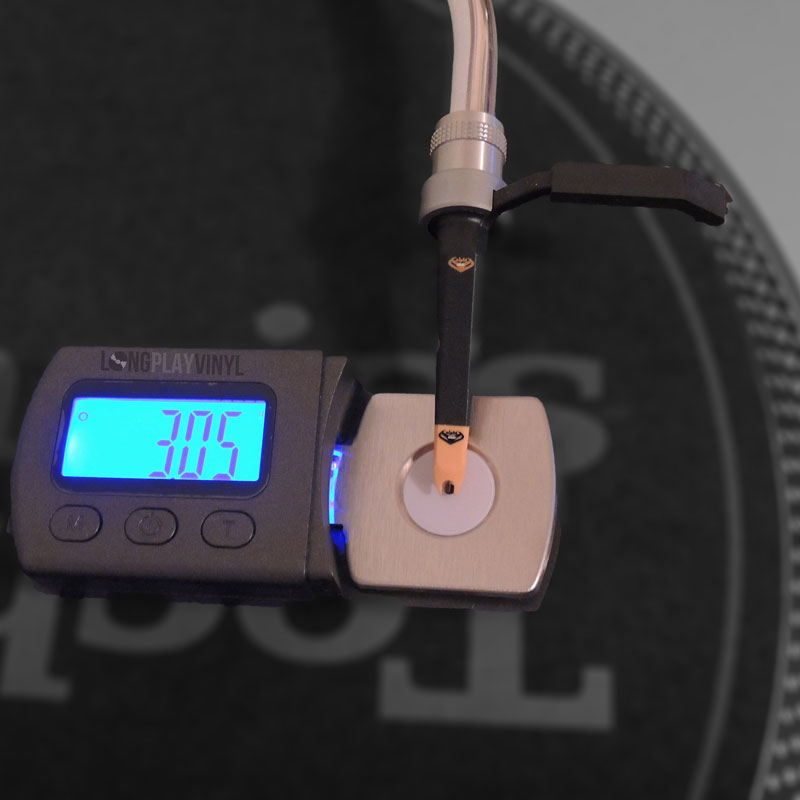
Most high quality turntables shouldn’t be used out of the box. Before playing records you will need to balance the tonearm, set stylus tracking force and adjust anti-skating. I know this sounds daunting but it’s not as complicated as it sounds. This step-by-step turntable set-up guide will get you going in no time. If you’ve purchased a brand new unit it would also comes with instruction for the set-up.
A stylus tracking force scale can be used to verify if the stylus tracking pressure has been accurately set. This will assure the functioning of your stylus, proper sound and longevity of your precious records. A digital scale like this usually costs under $20.
Stylus Needle Cleaner
Cleaning your records with a brush before each play is important. However, it is impossible to keep your stylus completely free of dust, lint and dirt. With time it will get dirty and the sound quality will go down. You can try cleaning your needle with a small soft brush. This is a risky process and you can end up damaging your stylus so you have to be extremely careful. Another way of maintaining a stylus is using a special stylus needle cleaning gel. The original stylus cleaner is rather pricey but has rave review. There are now cheaper versions of this product but it seems like some of them leave a tiny bit of gel on the stylus which can’t be good.
I’d highly recommend going with a trusted product such as ONZOW Zero Dust.
Closing your turntable lid and putting the protective sleeve on the styles when not in use will also help keep the dust away from your turntable and your cart. If you have a lid – use it.
Furniture

Before setting up your vinyl gear you need to decide on where it will be sitting. Your turntable needs to be on a level, sturdy surface. I am not going to turn this post into a furniture review but this is an important accessory to your setup so I had to mention it. Yes, I do drool over Instagram posts of beautiful mid-century-modern turntable tables and vinyl record storage units. Unfortunately I haven’t found a perfect piece for my home. I am using the most popular piece of furniture for my vinyl set-up, Kallax from Ikea. The 4 cube unit is in my living room and an 8 cube unit is in my basement.
These units are popular in the vinyl community because they are cheap and they accommodate the records. You get lots of vinyl storage as well as a flat and sturdy surface for your audio gear. If you can’t find a perfect piece of furniture, this could be your temporary (or permanent) solution.
Vinyl Records
Once you’re all set with your turntables, amps and speakers you’ll start spending even more money on actual vinyl records. By the way, the plural of Vinyl is VINYL. Try to call them vinyls on Reddit, Facebook or Instagram and the community will eat you alive. Personally I don’t care what you call them but you’ve been warned.
10 years ago most of the records were obtained through a few remaining record shops, eBay, yard sales and a few dedicated websites. Today you can find vinyl virtually anywhere from Amazon to Walmart to Wallgreens and everywhere in between. With the “vinyl renaissance” came higher prices. Most new records will set you back $20-$30 a piece. Used records can cost from $0 to thousands of dollars, depending on rarity, condition, demand and the greed of the seller.
That being said, you must take good care of your records if you want them to live a long life. Unlike digital music, records have a limited number of playbacks. They can also get water damage, heat damage, they can break, crack and get dirty.
Turntable Setup Conclusion
As I mentioned at the very beginning of this article, the passion for vinyl and turntables is not the cheapest one. If you aren’t sure about it or if you’re on a budget, I would recommend a simple and inexpensive setup.
Grab an AT-LP60 turntable and Edifier R128 speakers. For about $200 USD you get a brand new decent setup, with warranty. No need for external amplifier, phono preamps or anything else. This way you get to spend your money on records.
If you’re willing to spend a little more, go for an AT-LP120X and Edifier R2000DB. For about $650 USD you’re getting a lot of sound, quality and possibilities. You can upgrade your cartridge and stylus. Also you can switch off the internal preamp and add an external one if you desire. You can enjoy your records as an audiophile or you can try yourself at scratching and DJing eventually. Although that would require a second turntable and a mixer. If I was to buy a brand new setup – it would be this one.
Resources:



